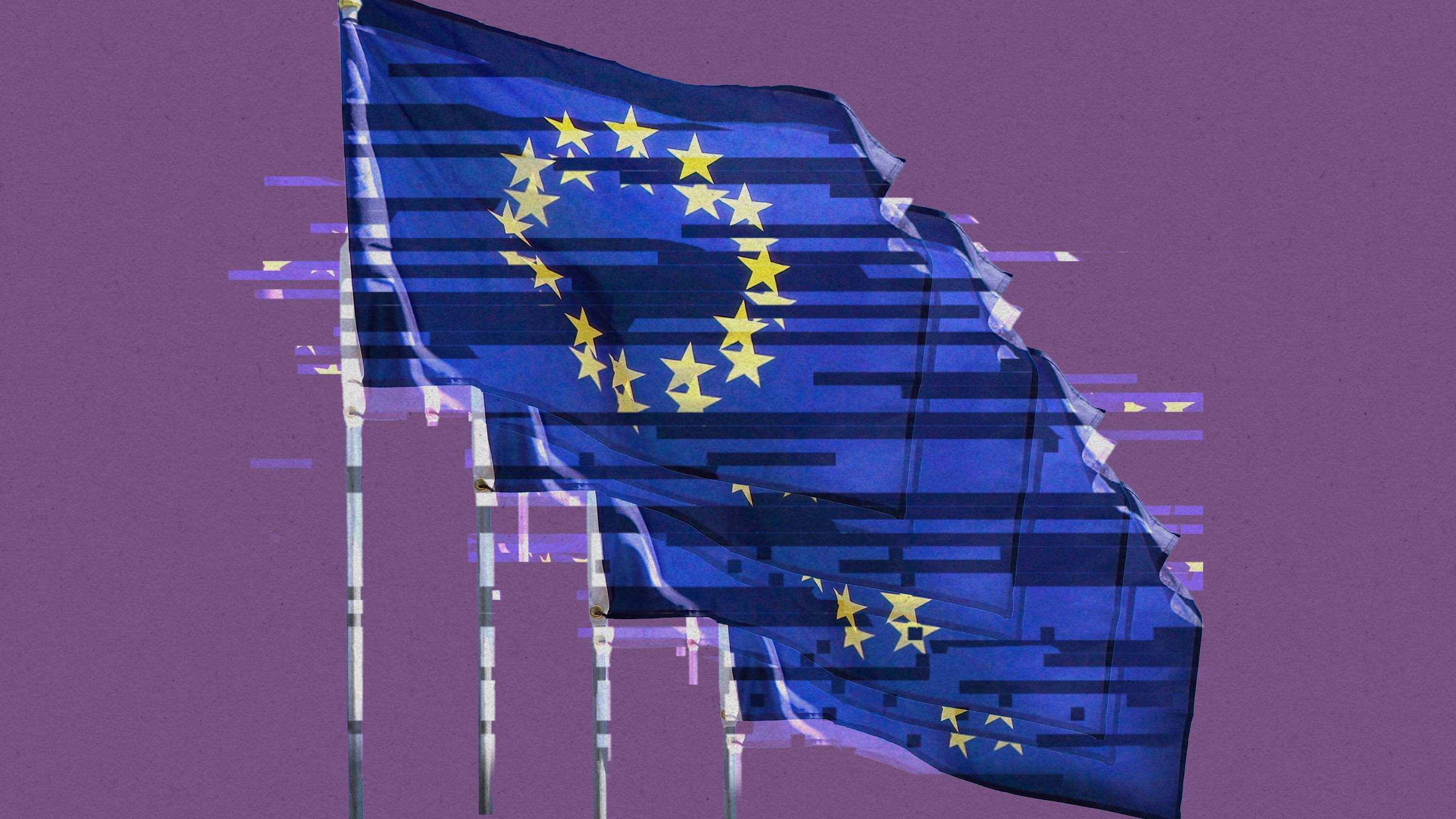Introduction
As artificial intelligence (AI) evolves rapidly, Europe leads with new regulations that impact developers worldwide. The EU AI Act 2025 introduces comprehensive safety laws aiming to ensure ethical, transparent, and secure AI deployment. Global developers must understand these rules to comply and stay competitive.
The EU AI Act: Framework and Risk Categories

The EU AI Act, effective from 2025, classifies AI systems into four risk categories:
- Unacceptable Risk: AI uses banned if they threaten fundamental rights, such as real-time biometric surveillance.
- High Risk: AI in critical sectors like healthcare, transport, and recruitment must meet strict transparency and accountability standards.
- Limited Risk: Requires transparency about AI’s use, e.g., chatbots notifying users they are interacting with AI.
- Minimal Risk: AI applications with little or no risk face minimal regulation.
Global Impact: International Treaties and Compliance
Europe’s commitment to AI safety extends beyond its borders via international treaties such as the Council of Europe’s Framework Convention on AI. Over 50 countries are aligning AI laws globally, signaling a major shift in governance.
What Global Developers Should Do
To ensure compliance, developers worldwide need to:

- Conduct thorough risk assessments to classify AI applications correctly.
- Implement transparency measures so AI decisions can be explained.
- Ensure training data is unbiased, accurate, and compliant with privacy laws.
- Follow evolving international AI guidelines and standards.
Conclusion
Europe’s AI safety laws set a global precedent. Staying informed and proactive about these regulations will enable developers to build trustworthy AI and avoid legal pitfalls. For more on AI risk and ethical development, check our related articles:









